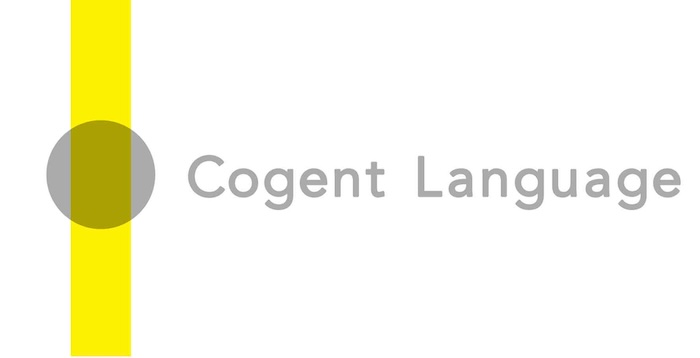Useful 7′ overview of role stucture of project teams, especially “traditional” teams, i.e. those developing products via a plan-driven approach. Lots of well-organized information here (though the emphasis seems to be on getting certifed rather than gaining real-world know-how)
Category: Planning Responsibilities
Based on models of development, determining as a team who is to do what when and with what resources.
“Agile in Practice – Big Visible Charts”
Nice 3.5′ introduction to agile team use of big visible charts (aka “big visual chart”, “BVC”). Addresses rationale as well as categories of charts and general usage. Also included are useful criteria for evaluating any set of BVC’s. (Such a set of BVC’s is often called a “dashboard”.)
“6.2 Define Activities”
This is a 13′ explanation of the project task list. It emphasizes the creation of the list, based mainly on a model of project scope in the form of a work breakdown structure (WBS). It assumes the PMI perspective and so uses the PMI terms for “task list”, namely “activity list” or “schedule activity list.” […]
“What Goes Into a Project Plan?”
Concise 3.5′ overview of the contents of a project management plan. Provides a useful visual map, useful in part because it does not rely simply on PMBOK® Guide or Prince2 documentation.
“RACI Matrix or Responsibility Assignment Matrix”
Nice 6′ explanation of the responsibility assignment matrix (RAM) construct, with a focus on a very popular configuration of RAM, namely “RACI” – “responsible, accountable, consulted, and informed”. Includes a useful discussion of the general management context of use and a clear example, showing how the RAM can clarify responsibilities in a family of four.
“The Resource Assignment Matrix”
Very brief (<3′) explanation of the resource assignment matrix construct (aka “responsibility assignment matrix”) with a simple project management example.
“DA Life Cycles – from Making the Transition to Disciplined Agile”
Nice 6′ intro to the 6 project lifecycles of Disciplined Agile® using PMI diagrams as the main visual.
“Harvard Principles of Negotiation”
Clear presentation of the fundamentals of “win/win” negotiation, perhaps the most important collaboration skill in project management. About 11′
“What is a Requirements Traceability Matrix?”
11′ presentation of a model that links long-term business ojectives of a project to quality tests of specific product features by way of requirement and scope structure.
“How to Get Your JIRA Product Backlog Right”
Nice 27′ video on conceptualizing and managing product backlog. Uses JIRA as an example software platform for managing it “right” and, for conceptualizing it “rIght”, the acronym DEEP – Detailed appropriately, Estimated, Emergent, Prioritized.
